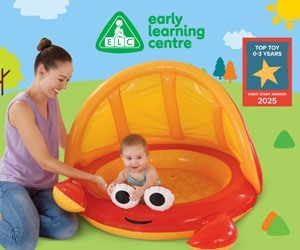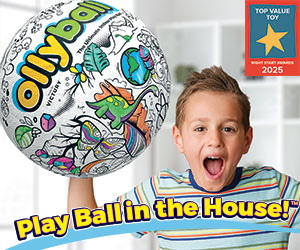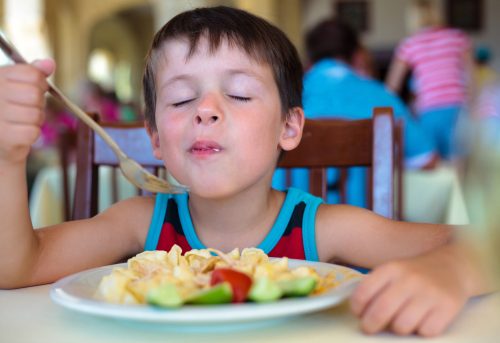The COVID-19 pandemic threw a curve ball at economies and industries worldwide, and the education system was not exempt. As home learning became the norm, teachers quickly acquired extra skills, including devising home lesson plans and carrying out virtual lessons. Parents soon found out they too would have a significant role to play in their child’s education throughout lockdown.
As schools prepare to go back, parents should be preparing for what comes next. The pandemic is still not over by any stretch and while lockdown is easing, restrictions can tighten again at the drop of a hat.
Millions of parents across the world have done a fantastic job during this pandemic in juggling work, children, and being homebound with the family for months. The challenge now lies in maintaining children’s enthusiasm for education as they head off for the new school year and coming to terms with any changes in government restrictions that may follow.
Back to school
After months of home learning, parents will already have the fundamentals in place to facilitate their child’s education - keeping everything structured and in schedules, ensuring plenty of exercise, rest and a healthy diet. Any disruption or ambiguity in their school experience may add stress, meaning children find it increasingly difficult to remain engaged in their work.
Parents must find new ways to support their child’s education, despite the fact that they could be in the classroom one morning and back home again after lunch time. So how can you keep your child engaged, even when everything is changing around them?
Keep it short
Research suggests that a reasonable attention span of a child is typically two or three minutes per year of their age. This is the optimal amount of time that a child can keep focused on an activity. If your child is four, you should keep lessons down to 8-12 minutes with a short break before jumping back in. Whereas a seven-year-old might keep going for 14-21 minutes. Teaching in bursts maintains attention and keeps activities varied for children.
Keep it interactive
Pulling out your tablet, smartphone or laptop might feel ‘wrong’ and isn’t what some would consider a traditional teaching method. It certainly isn’t how most adults today would have been educated. But interactive learning encourages active learning in real-time, and enhances a child’s experience by making it more fun and interesting.
Putting away the boring pen and paper, and firing up an educational app will help considerably with engaging your child. To them it won’t necessarily feel like school, rather like playing a game. Yet they will still be picking up valuable information. Interactivity allows children to visualise concepts and feel them through physical perceptions, which leads to better understanding, along with self-confidence.
Find the right balance
One stumbling block that many parents face is striking the right balance of appropriate learning experiences. In recent months, teachers will have been delivering virtual lessons, or setting lesson plans for parents to follow. In an ideal world, these exercises would all work perfectly, and they would offer a challenge to your child without being too difficult. However, if we lived in an ideal world, you wouldn’t be the one having to teach your child multiplication.
The key here is patience and observation – if something is too difficult for your child, simplify it a little and help them through the challenges. Likewise, if something is too easy, don’t be afraid to make activities a little more difficult. Children learn at different speeds: don’t be discouraged if they’re not quite coming to grips with exercises as quickly as you might expect!
Freedom to choose
According to Robert Watts, Senior Lecturer in Art and Design at Roehampton University, London, offering children choices through their education encourages creativity. We should always offer children choices - be it the size of paper, what colours they wish to use, or even which activities they would prefer to do. Children need the time to explore potential outcomes of various exercises, and that journey in itself will be very valuable to them – even if it may feel to you that they have gained little from their choices.
Keep it real
The very basis of school and education is to help prepare children for the real world. To children, this can often feel confusing – getting lost in sums, and not quite understanding where exactly maths will fit into their everyday lives. Educating your child doesn’t have to mean sitting them at a table, pen in hand, writing down answers for hours on end. Interactive learning, with real life context in short bursts can in many ways be as effective as a full day spent in the classroom.
By integrating their education with real life situations, children will better understand the need for learning. They will begin to apply their knowledge outside of the classroom and these situations won’t necessarily feel like school work.
Education isn’t exclusive to the classroom. The year 2020 so far will have been a shock to the system for many, but the opportunity for a child’s learning experience doesn’t cease once they leave school premises - as we’ve seen. With children accustomed to learning from home, there is no reason why they can’t continue their education there should lockdown recommence. Although, fingers crossed, that won’t happen!
* Funexpected is a developer of digital learning tools such
as Funexpected Maths, a fun iOS app designed to foster
three-to-seven-year-old children’s curiosity in maths from an early age.
Based on developmental theory, learning sciences research and
advancements in mobile game technologies, Funexpected offers a playful
learning experience in which children become more motivated to develop
conceptual and procedural maths knowledge.











